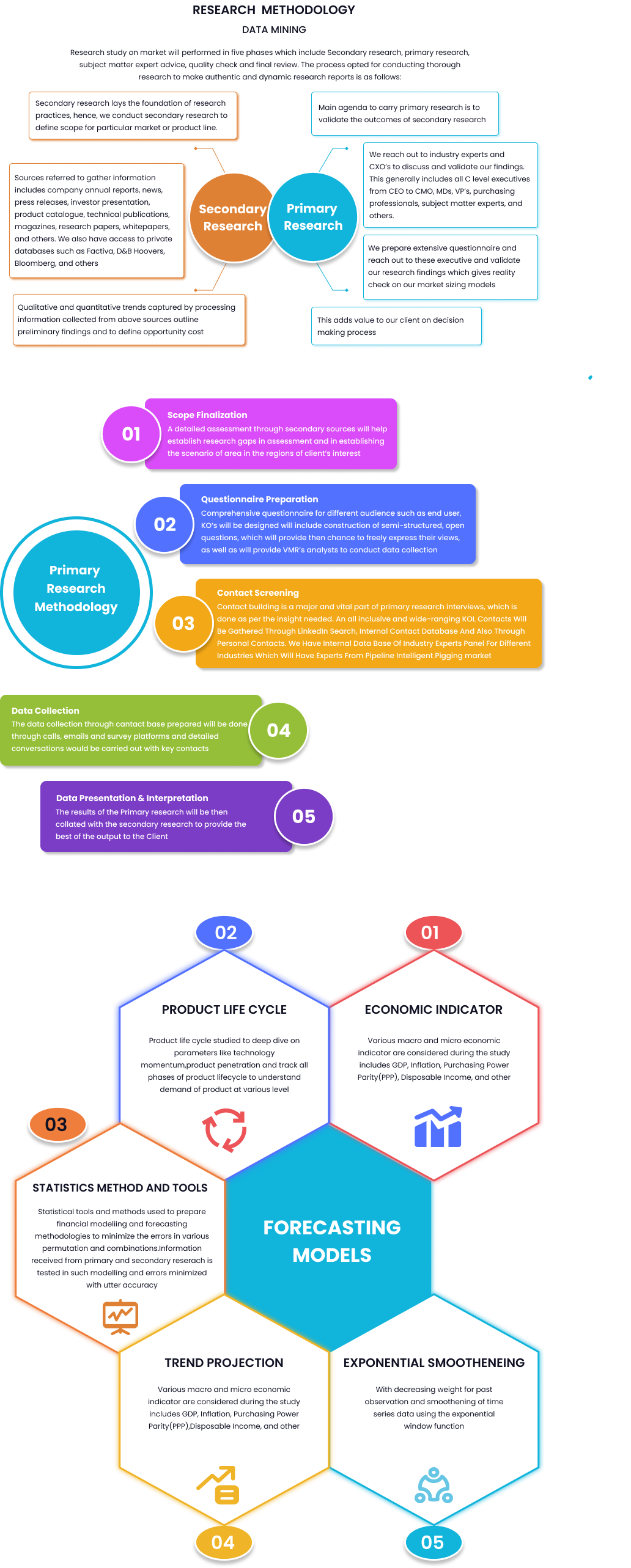
Global Protein A Resin Market By Type (Recombinant Protein, Natural Protein), By Application (Anibodies Purification, Immunoprecipitation), By Region, And Segment Forecasts, 2023 to 2032
Report Id: 44154 | Published Date: May 2024 | No. of Pages: 10 | Base Year for Estimate: May 2024 | Format:
Market Overview:
The Global Protein A Resin Market was valued at USD 677.90 million in 2023 and is projected to reach USD 1476 million by 2033. The market is expected to grow at a CAGR of 8.2% in the forecast period. Protein A resin is utilised in the immunoprecipitation of proteins and antigens and also in the purification and fragmentation of immunoglobulins from biological fluids and cell culture media. The production of monoclonal antibodies is the primary use of protein A resin.
The industry will witness significant growth with rising investments in synthetic biology and a greater emphasis on drug development by biotechnology and pharmaceutical companies. To develop a wide range of protein-based medications, the biopharmaceutical industry frequently uses protein-engineered products in its research activities. Protein A resins have a high affinity and selectivity, which allows for 99 per cent purity in their most generic form. The COVID-19 pandemic has adversely affected the supply chain of medical devices, biopharmaceutical products and biotechnology products. The development of therapeutic and drug discovery requires accurate study as well as an understanding of the structure and role of protein resins in the treatment of SARS-CoV-2 virus progression, however, the imposed lockdown also led to the shutdown of many research studies.
Premium Insights:
-The increasing investment in research and development activities by biopharmaceutical companies and contract manufacturing organizations (CMOs) to develop novel biologics and biosimilars is driving the demand for protein A resin for downstream purification processes.
-Technological advancements in protein A resin manufacturing, such as the development of high-capacity resins, single-use systems, and novel ligand chemistries, are enhancing purification efficiency, productivity, and cost-effectiveness in bioprocessing applications.
-The growing trend towards personalized medicine and targeted therapies, including the development of antibody-drug conjugates (ADCs) and bispecific antibodies, is expected to further boost the demand for protein A resin for antibody purification and manufacturing.
Global Protein A Resin Market Dynamics:
Drivers: increasing demand for Monoclonal antibodies, growing biologic therapies, advances in protein engineering
-The increasing prevalence of chronic diseases such as cancer, autoimmune disorders, and infectious diseases is driving the demand for mAbs as targeted therapeutics, driving the need for efficient protein purification technologies like protein A resin. Monoclonal antibody products are already being produced by companies for use in transplants, immunotherapy, inflammatory disorders, microbial infections, cardiovascular, Crohn's disease, and certain cancers like breast and leukaemia.
- Since biologics have demonstrated positive outcomes and minimal side effects in the treatment of various diseases, including cancer, autoimmune diseases, and several genetic conditions, the biologics segment of the life sciences industry has gained significant acceptance by biotechnology and other research institutes for their areas of research. In some cancer cases, biologic therapies are also used as a first-line treatment because they are more target-mediated than non-biologic treatments. Monoclonal antibodies are the main product in the biologics sector of the healthcare industry, which is expanding at the fastest rate.
- Advances in protein engineering, including the development of novel antibody formats, Fc-fusion proteins, and antibody fragments, are expanding the diversity of biologics in development, driving the need for versatile purification solutions like protein A resin.
Restraints: High costs, development of alternate purification technologies, Limitations in Ligand Stability and Reusability
-The high cost of protein A resin, coupled with the large volumes required for bioprocessing operations, can pose a financial burden on biopharmaceutical manufacturers, particularly for large-scale production of therapeutic antibodies.
-The development of substitute techniques for monoclonal antibody purification is anticipated to impede the expansion of the worldwide protein A resin market. Many businesses favour alternative techniques like membrane chromatography, aqueous two-phase extractions, and mixed chromatography for the large-scale purification of monoclonal antibodies to reduce production costs. Furthermore, it is anticipated that the high costs of protein A resin will impede market expansion.
-Protein A resin is prone to ligand degradation and leaching, leading to reduced resin stability and performance over multiple cycles of use. This limitation can impact the cost-effectiveness and efficiency of protein purification processes.
Opportunities: development of novel ligand chemistries, engineered protein variants and alternate purification strategies
-The development of novel ligand chemistries, engineered protein A variants, and alternative purification strategies presents significant opportunities for market players to overcome the limitations of conventional protein A resin and address the evolving needs of the biopharmaceutical industry for efficient and cost-effective protein purification solutions.
Market By Protein A Resin Type Insights:
-Based on type, the market is bifurcated into Recombinant and Natural Protein A . Recombinant Protein, A has a major market share in today's market. Recombinant protein A is primarily used to improve alkaline solution solubility and normalise its sensitivity. The segment is expected to grow at a notable rate due to the expanding technological advancements in new drug development and the growing pharmaceutical industry.
- Based on Product, the market is segmented into Agarose-Based, Glass/Silica-Based and Organic Polymer-Based Protein A. The agarose-based protein A segment is holding the largest share of the Protein A Resin Market. This segment is predicted to grow significantly in the next years due to its large gelling strength at low concentrations, anti-convection medium, appropriate pH range, gel electrophoresis, and superior mechanical strength.
Market By End Use Insights:
- Biopharmaceutical companies represent the largest end-user segment, driven by the increasing demand for protein-based therapeutics and the need for efficient downstream purification processes to meet regulatory requirements and ensure product quality.
Market By Region Insights:
-Based on the regional coverage, the global protein A resin market is segmented into North America, Asia-Pacific, and Europe. North America accounted for the highest share of 41.11% in the year 2022. This was mostly caused by the growing number of FDA-approved pharmaceutical and biotechnology companies in this area, as well as the growing need for protein-based therapeutics for the treatment of infectious diseases. The dominance of certain regions in this market is maintained by the government and private entities through increased research and development in healthcare.
Competitive Scenario:
Key players operating in this industry are GE Healthcare, Thermo Fisher Scientific, Kaneka Corporation, JNC Corporation, Bio-Rad Laboratories, Purolite Life Sciences, Inc., Repligen, JSR Corporation,Tosoh Bioscience, Novasep Holdings SAS, Merck Group, GenScript, Abcam PLC, Agilent Technologies, Inc.
Scope of Work- Global Protein A Resin Market
Key Market Developments:
2017- Purolite Life Sciences has partnered with the US-based chromatography solution provider, ChromaTan Corporation. The breakthrough increased protein A resin production by up to 15 times.
2018- For its Life Science division, Merck Millipore (Germany) opened a new manufacturing and distribution facility in India.
January 2023- Cytiva launched its next-generation protein A resin, offering improved binding capacity, ligand stability, and process robustness for monoclonal antibody purification in biopharmaceutical manufacturing.
September 2024-Repligen Corporation announced the acquisition of a leading provider of recombinant protein A resin technologies, strengthening its portfolio of purification solutions and enhancing its market presence in the bioprocessing industry.
Frequently Asked Questions (FAQs)
What is protein A resin, and what are its primary applications in biopharmaceutical manufacturing?
Ans. Protein A resin is a chromatography matrix commonly used for the purification of monoclonal antibodies from complex biological samples in biopharmaceutical manufacturing. Its primary applications include downstream purification processes for therapeutic antibodies, biosimilar production, and antibody-drug conjugate (ADC) manufacturing.
What factors are driving the growth of the global protein A resin market?
Ans. Key drivers include increasing demand for Monoclonal antibodies, growing biologic therapies, and advances in protein engineering.
What are the primary challenges and restraints faced by the protein A resin market?
Ans. Challenges include the high cost of protein A resin, limitations in ligand stability and reusability, and competition from alternative purification technologies such as protein L and protein G chromatography.
What are the emerging opportunities in the protein A resin market?
Ans. The development of novel ligand chemistries, engineered protein A variants, and alternative purification strategies to address the limitations of conventional protein A resin.

Speak with an analyst to get exclusive insights tailored to your needs
.png)
